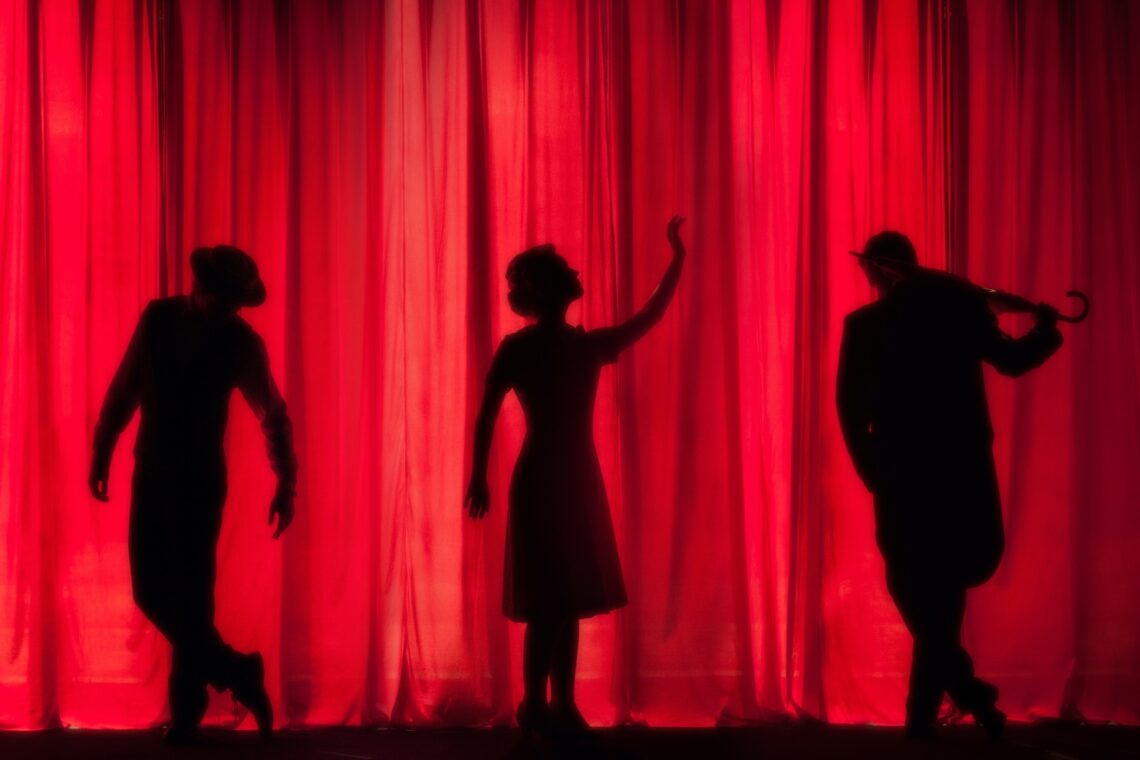

Imagine curling up with a book, eager to dive into a new world. Now, think about the difference between reading “She was sad” versus “A tear trickled down her cheek, her shoulders slumped as she gazed out the window.” It’s a subtle shift, but one of these paints a vivid picture, allowing you to feel the emotion.
That, right there, is the magic of the “show, don’t tell” mantra every writer hears about. It’s not just a fancy rule thrown around in writing workshops—it’s the heart of storytelling, a way to invite readers inside your narrative. In a world bursting with content, descriptive writing has never been more crucial. It’s the difference between a forgettable story and one that lingers long after the last page is turned.
“Show, don’t tell” sounds pretty self-explanatory, but let’s unpack it a bit. Essentially, it means instead of merely telling your reader that something is happening or how a character feels, you paint a picture with words. It’s about allowing readers to deduce things for themselves, through the actions, thoughts, senses, and feelings of characters, rather than directly spelling everything out for them. This approach immerses readers deeper into the story, making it a more interactive experience.
For instance, saying “The room was tense” is a direct tell. But describing how characters might avoid eye contact, how there’s a palpable silence only interrupted by the tapping of a nervous foot—that’s showing. It pulls readers into the moment, asking them to deduce the room’s atmosphere based on the cues you’ve given.
And why does this matter so much? Reader engagement. When readers are shown details, they become active participants in the story. They feel with the characters, visualize the environments, and immerse themselves in the world you’ve built. It’s like the difference between watching a movie in standard definition and 4K. Both tell the same story, but one is undeniably more vivid and memorable. By mastering the art of “showing”, writers invite their readers to not just read, but to experience the narrative.
Descriptive writing is like the secret sauce in a bestselling novel or a blockbuster movie. It’s the reason readers feel like they’ve been transported to Hogwarts when reading Harry Potter or the desolate landscapes of Westeros in Game of Thrones. But how does it work its magic?
Firstly, descriptive writing has the potential to breathe life into scenes. Consider a setting like “a forest”. Now, contrast that with “a dense forest where sunlight barely filters through the canopy, and every step on the damp ground releases the rich, earthy aroma of decaying leaves.” Suddenly, it’s not just any forest; it’s a specific, living place that readers can visualize and almost smell.
Beyond settings, descriptions make characters leap off the page. Knowing a character is “nervous” is one thing. Watching them “twist a lock of hair around their finger, eyes darting to the exit every few minutes” makes readers feel their anxiety, creating a deeper connection.
Finally, descriptive writing morphs passive readers into active, engaged participants. Instead of just processing information, they’re feeling, visualizing, and even predicting. They’re not just reading a story; they’re living it.
So, we’ve established that “show, don’t tell” is a game-changer. But how do writers nail it?
However, a word of caution: while metaphors and similes are powerful, they should be used judiciously. Overloading prose with them can make it cumbersome and reduce their impact.
Remember, the goal of descriptive writing is to immerse readers, to make them forget they’re reading at all. By incorporating these techniques, writers can transform their stories from simple narratives into vivid, unforgettable experiences.
Let’s dive into some examples to really understand the difference between “telling” and “showing”.
Now, let’s decode this a bit. In each “showing” example, there’s a vivid picture or an emotion evoked. Instead of being told how a character feels or what the setting is, readers are given details that allow them to deduce it for themselves. This not only engages their imagination but also makes the reading experience more interactive and relatable.
So why go through the effort of “showing” rather than just “telling”? Here are some undeniable perks:
In essence, descriptive writing is a tool, and like any tool, it can elevate a craft when used correctly. For writers, it’s the difference between creating a story and creating a world.
Every craft has its pitfalls, and descriptive writing is no exception. Here are a few challenges writers often encounter:
Ready to master the art of “show, don’t tell”? Try these exercises:
Descriptive writing isn’t just about painting vivid pictures; it’s about diving deeper into the essence of storytelling. By “showing”, writers gift readers an experience, making stories come alive in their minds. It’s a continuous journey, one of learning and refining.
So, to all the writers out there: stay observant. Let the world around you inspire your words. And as you transfer the richness of life onto your pages, your stories will resonate profoundly, touching readers’ hearts and souls. Embrace the art, and let your words dance vividly in every reader’s imagination.